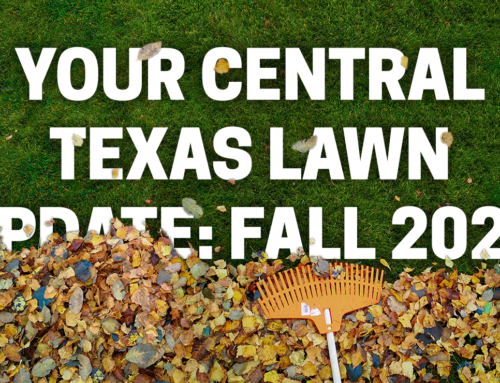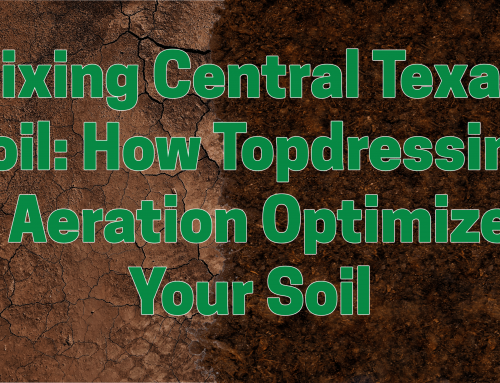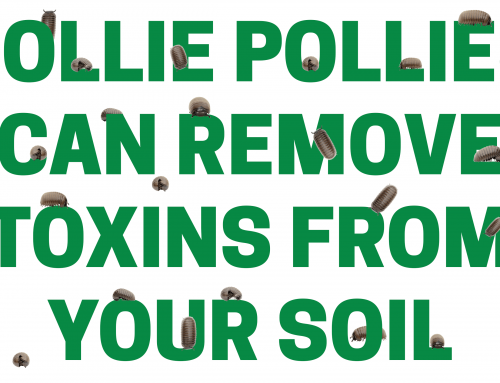A microorganism or microbe is an organism that is too small to be seen by the human eye.
Microorganisms include bacteria, fungi and more. They are generally single-celled. They’re a very important element of healthy soil. In this article, we’ll be discussing microorganisms and how they help the lawn.
We’ve already established that microorganisms are present in the lawn even if you can’t see them. These microorganisms are responsible for:
- Transforming raw elements from one chemical form to another. Microbial activity causes important nutrients in the lawn to be released. These include: nitrogen, phosphorous, sulfur, iron and more.
- Microorganisms break down soil’s organic matter into a form that’s useful for plants. This increases soil fertility by making nutrients available to the soil.
- Microorganisms cause the degradation of pesticides and other chemicals found in the soil, thus protecting it from these potentially harmful intruders.
- Good microorganisms outnumber the bad. They help to suppress the bad microorganisms from causing problems in your lawn.
There are several types of microorganisms in the soil. They benefit plants and grass. They are:
- Bacteria: small, single-cell organisms that are the most abundant type of microbe. They have a very wide range of conditions they can live under. In soil, they multiply rapidly under the right conditions. This helps keep them in balance as well. Sometimes, the soil can be beneficial for the wrong type of bacteria and can lead to soil disease. The good news is that you can help fix this problem with a product like Holganix. It helps keep your soil in check and makes sure that the proper bacteria are growing in your lawn.
- Fungi: They are the largest types of microbes in terms of mass. Some are beneficial. They’re known as mycorrhiza and form a symbiotic relationship with plant roots. Pathogen fungi are disease-causing and can be quite devastating to plants and grass.
- Protozoa: These are single-celled microbes that feed on bacteria.
- Actinomycetes: These are necessary for the breakdown in certain components of organic matter.
- Algae: Beneficial algae can produce their own energy through photosynthesis.
All of these living microbes or microorganisms need to eat. They take from the soil but give back to it too. They function like nature’s invisible factories. They break down organic matter and recycle elements like hydrogen, oxygen, carbon, nitrogen, and phosphorous. These are essential to all plants and animals. Beneficial microorganisms allow nature to continue its endless cycle of life and renewal.
Compost topdressing, with its great level of nutrients, can be added to the soil, along with fertilizer, to help these microorganisms do their job and make the soil lush and green. Got questions about microbes? Give us a call at 512-990-2199 for more information. We’re always happy to help!






